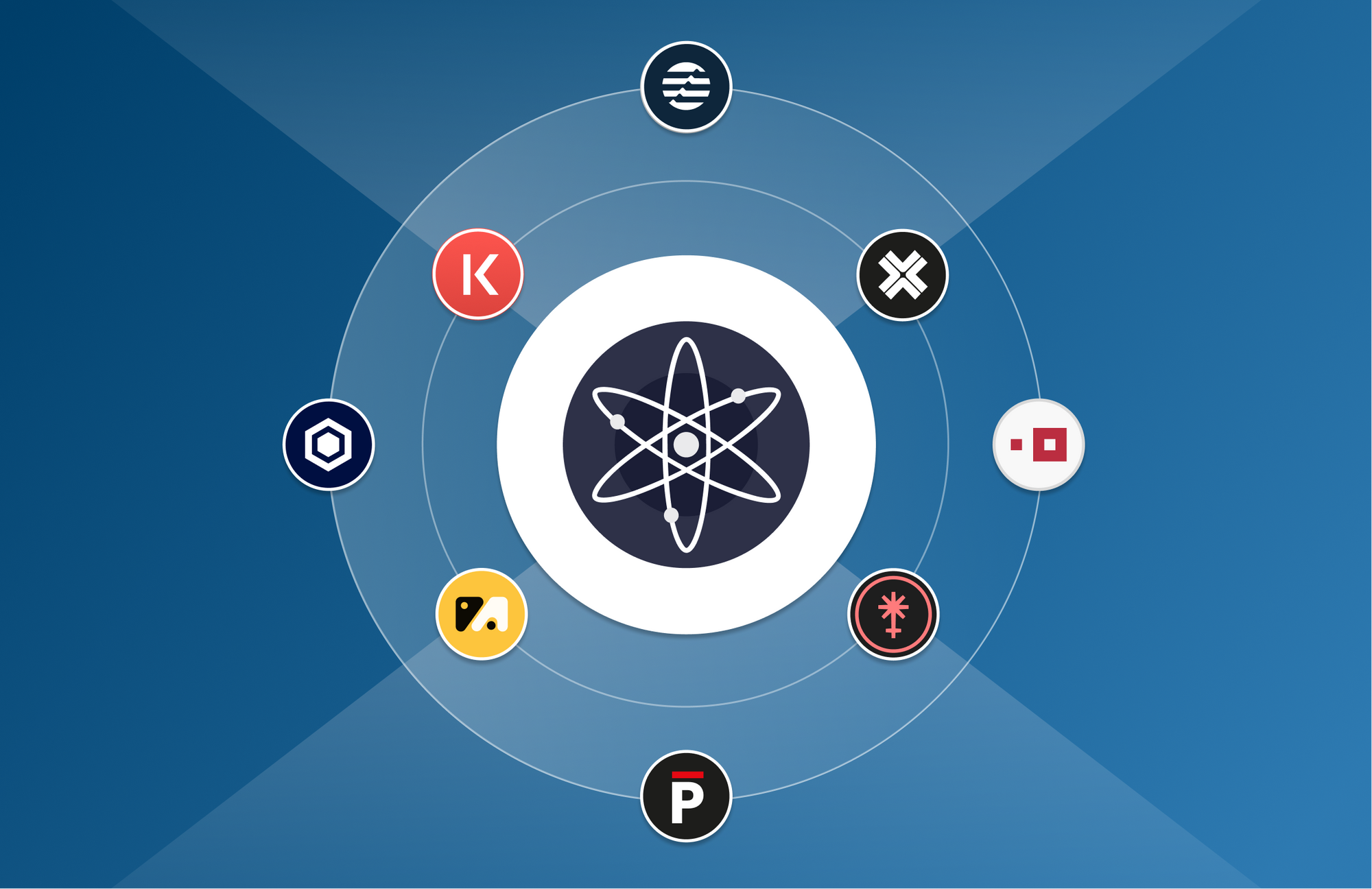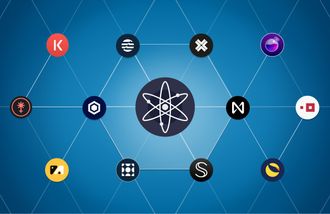

Blockchain technology is also called distributed ledger technology. These ledgers record transactions between users of a particular network.
But what if there are multiple networks? Can one ledger compile entries from different blockchains?
The question we’re really asking is – can blockchains communicate with each other?
Yes, they can through a technology called IBC or Inter Blockchain Communication. In this blog, we’ll explain what IBC is, and why it’s essential in the growth of and the communication between multiple blockchain networks. We'll also discuss the role of the Cosmos ecosystem as the starting and focal point of the IBC.
What is the IBC?
Inter Blockchain Communication (IBC) is a groundbreaking protocol designed to enhance blockchain interoperability and enable seamless communication between diverse blockchain networks. It is a key component of the Cosmos ecosystem, and it has the potential to revolutionize the way that blockchains interact with each other.
IBC works by creating a – “secure channel” between two blockchains. This channel allows blockchains to send messages to each other, and it ensures that these messages are delivered in a reliable and secure way. It makes it easier for users, developers, and projects to collaborate across different blockchain networks. On the governance side, the IBC introduces a standardized protocol that governs the exchange of transactions, enabling blockchains to communicate and share information securely, transparently, and in real-time
The key feature of the IBC is – interoperability. Specifically, interoperability with a wide range of blockchains. It is not limited to blockchains that use the same consensus algorithm or that have the same underlying architecture. This makes IBC a powerful tool for connecting different blockchains and creating a truly decentralized network.
To understand this better, let's take an example.
Suppose there's a decentralized exchange (DEX) on one blockchain (for example – Ethereum), and you want to trade tokens from another blockchain(for example – Cosmos). With IBC, you can send your tokens from your blockchain to the DEX blockchain, and the DEX will recognize and execute the trade. Similarly, you can transfer tokens or data between different blockchains using IBC.
Cosmos and the IBC

Cosmos is a blockchain network that aims to solve the problem of interoperability between different blockchains. It does this by providing a framework for building blockchains that can communicate with each other.
In the context of the IBC, Cosmos is essential. The Cosmos ecosystem stands at the forefront of blockchain interoperability, and its design principles align perfectly with the goals of IBC. Cosmos provides a robust infrastructure that facilitates the seamless communication of blockchains, enabling them to operate in harmony. It also provides the – Software Development Kit or SDK for building blockchains that are compatible with IBC, and the Cosmos Hub is a central hub that will connect different blockchains to each other.
The Cosmos ecosystem is also home to a number of projects that are using IBC to build new applications. For example:
- Osmosis: A decentralized exchange using IBC to allow users to trade tokens from different blockchains
- Kava: A DeFi platform is using IBC to allow users to borrow and lend assets across multiple chains.
Here's how Cosmos contributes to the success of IBC:
Tendermint Consensus
Tendermint, the consensus algorithm used in the Cosmos ecosystem, provides a secure and efficient way for blockchains to agree on the state of a shared ledger. This consensus mechanism ensures fast finality and transaction confirmation, crucial for enabling real-time communication between blockchains via IBC.
Hub-and-Zone Architecture
Cosmos employs a hub-and-zone architecture, where the Cosmos Hub acts as the central hub connecting various independent blockchains (zones) part of the IBC. This design allows for scalable and secure interchain communication, making it easier for blockchains to connect and share information through IBC.
Interoperability Framework
Cosmos SDK, the framework used to build blockchains in the Cosmos ecosystem, provides developers with the tools and resources to integrate IBC seamlessly. The modular nature of the Cosmos SDK enables efficient customization, allowing developers to tailor their blockchains while ensuring compatibility with the wider Cosmos network.
Growing Ecosystem
The Cosmos ecosystem has gained significant traction, attracting numerous blockchain projects and developers. This thriving ecosystem fosters collaboration and innovation, fueling the expansion of IBC and increasing the number of blockchains that can communicate with each other.
IBC: The Future of Interoperability
Inter Blockchain Communication (IBC) is a new protocol that enables different blockchains to communicate with each other. IBC will have a significant impact on blockchain communication and interoperability by enabling – greater interoperability, increased security, improved speed, and enhanced functionality.
As the Cosmos ecosystem continues to grow, IBC will become even more important. It will allow different blockchains to connect with each other and create a truly decentralized network. This will have a major impact on the future of blockchain technology, and it will make it possible to build new applications that will change the way we live and work.

Chief Product Officer (CPO) at Frontier Wallet. Entrepreneur building for a Decentralised World - Blockchain, Self-Custody, Crypto, DeFi, NFT, and more





